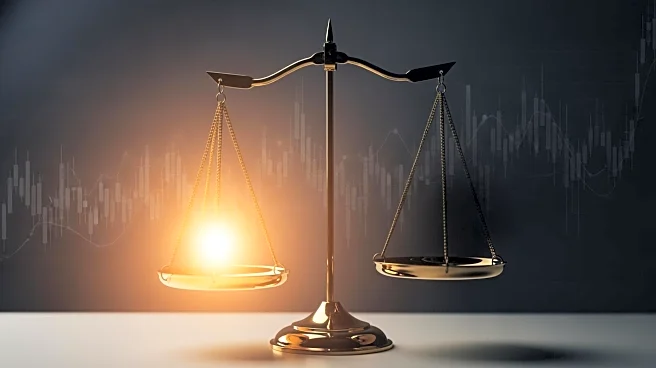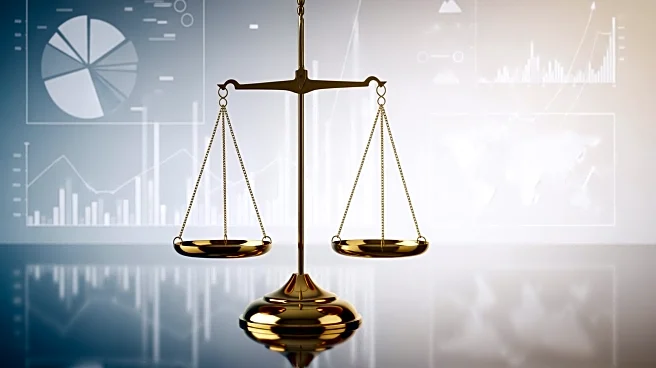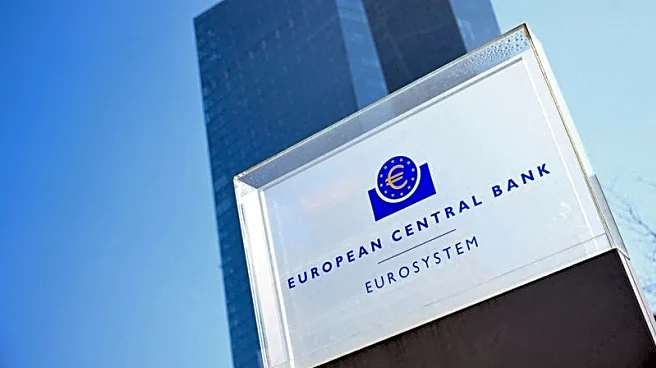What's Happening?
U.S. consumers are experiencing a significant financial strain as credit card debt reaches a record $1.21 trillion in the second quarter of 2025, according to the New York Federal Reserve. Nearly half
of cardholders are carrying a balance from month to month, with 12.3% falling behind on even the minimum payments, a notable increase from previous years. The ease of accumulating debt through credit cards and Buy Now, Pay Later plans, coupled with high interest rates, is making it difficult for consumers to reduce their principal balances. For those with less than $7,500 in debt, options such as debt consolidation loans or balance transfer credit cards with zero interest for up to 20 months are being considered as potential solutions.
Why It's Important?
The rising credit card debt and delinquency rates highlight a growing financial vulnerability among U.S. consumers, which could have broader economic implications. High levels of consumer debt can lead to reduced spending power, potentially slowing economic growth. Additionally, the financial strain on individuals may increase demand for debt relief services, impacting the financial services industry. The situation underscores the need for effective financial management strategies and consumer education to prevent further economic distress.
What's Next?
As the debt situation worsens, consumers may increasingly turn to debt relief companies, which negotiate with creditors to reduce the amount owed. However, these services come with fees and potential risks, such as a significant impact on credit scores. Policymakers and financial institutions may need to explore additional measures to support consumers in managing their debt and preventing further financial instability.












